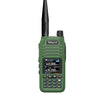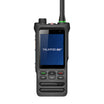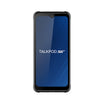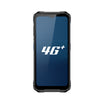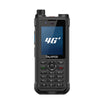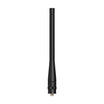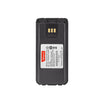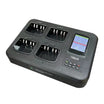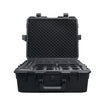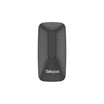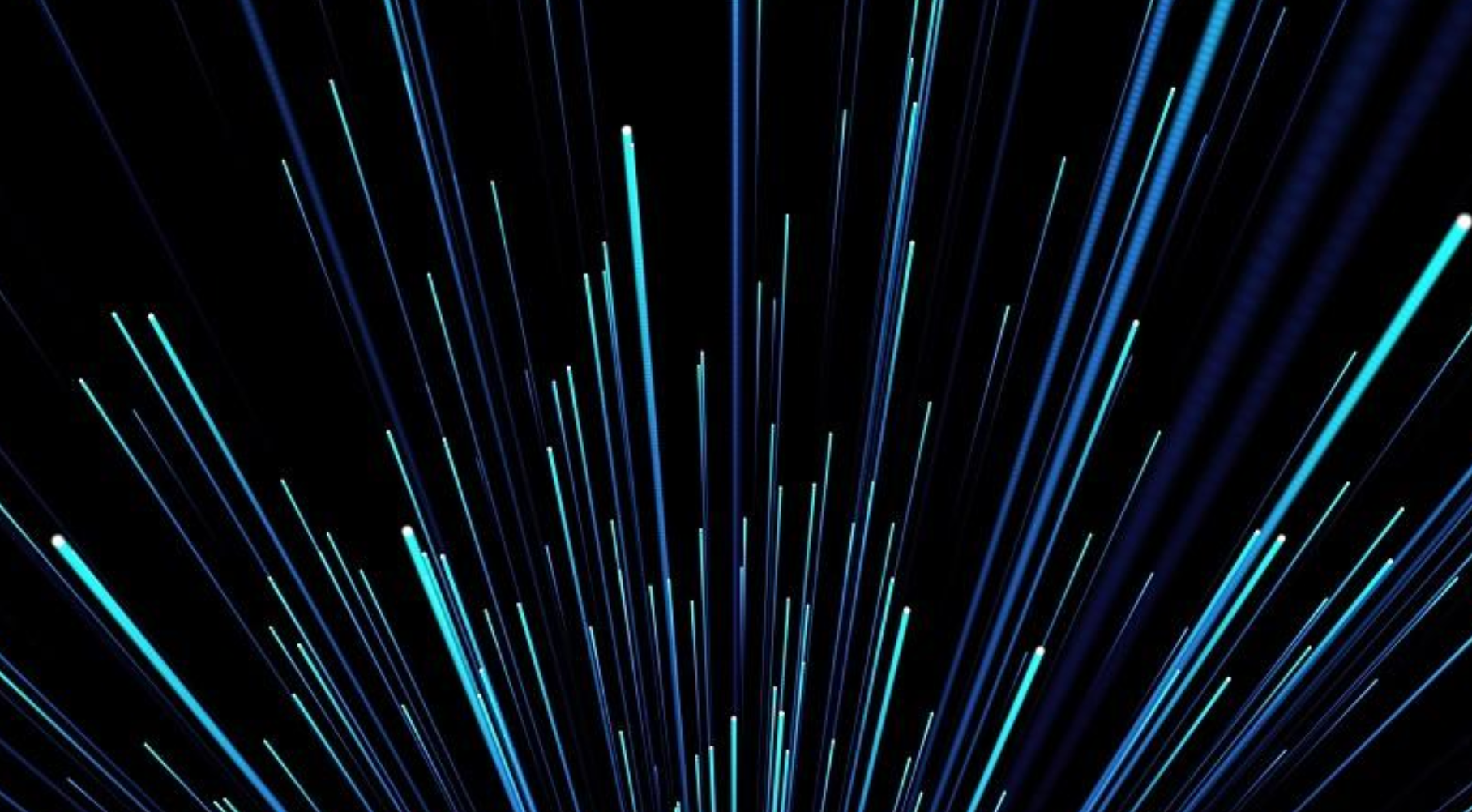The intersection of software and hardware opens a new realm of possibilities in professional environments, particularly through the use of Application Programming Interfaces, or APIs. In the domain of two-way radio communications, APIs serve as an invisible bridge, enabling seamless interactions between radios and various digital systems, thereby enhancing operational efficiency and broadening the scope of communication possibilities.
APIs are essentially sets of protocols and tools for building software applications, acting as a sort of 'language' that allows different software entities to communicate. In the context of two-way radios, this capability means that radios can now be integrated more deeply with other technological systems, such as data services, location tracking, and advanced dispatch systems.
For example, through an API, a two-way radio system can be connected to a computer-aided dispatch (CAD) system. This integration allows dispatchers to not only communicate directly with field agents through their radios but also to send data such as maps, messages, and alerts directly to the radio’s interface. Furthermore, APIs allow for the integration of GPS tracking, enabling real-time location tracking of each radio unit which is critical for coordinating field operations and ensuring safety.
The beauty of API integration lies in its ability to add layers of functionality to existing two-way radio systems. Consider the integration of voice-to-text services, where the spoken messages can be transcribed and logged automatically, or the ability to trigger automated alerts based on specific criteria. These enhancements lead to better informed, more responsive, and ultimately safer operational environments.
Moreover, APIs can facilitate the integration of two-way radios with broader IoT (Internet of Things) ecosystems. This could mean anything from remote activation of devices upon certain triggers from the radio network, to data collection and analysis, contributing to smarter, data-driven decision-making processes.
In conclusion, the incorporation of APIs into two-way radio systems marks a significant evolution in professional radio communications. By enabling the convergence of traditional radio communications with modern digital technologies, APIs are setting a new standard in the industry. They extend the utility of two-way radios beyond simple voice communication, transforming them into comprehensive communication devices central to the modern digital workflow. This seamless integration empowers teams, enhances safety protocols, and opens up a new world of efficiency and connectivity in professional settings.







